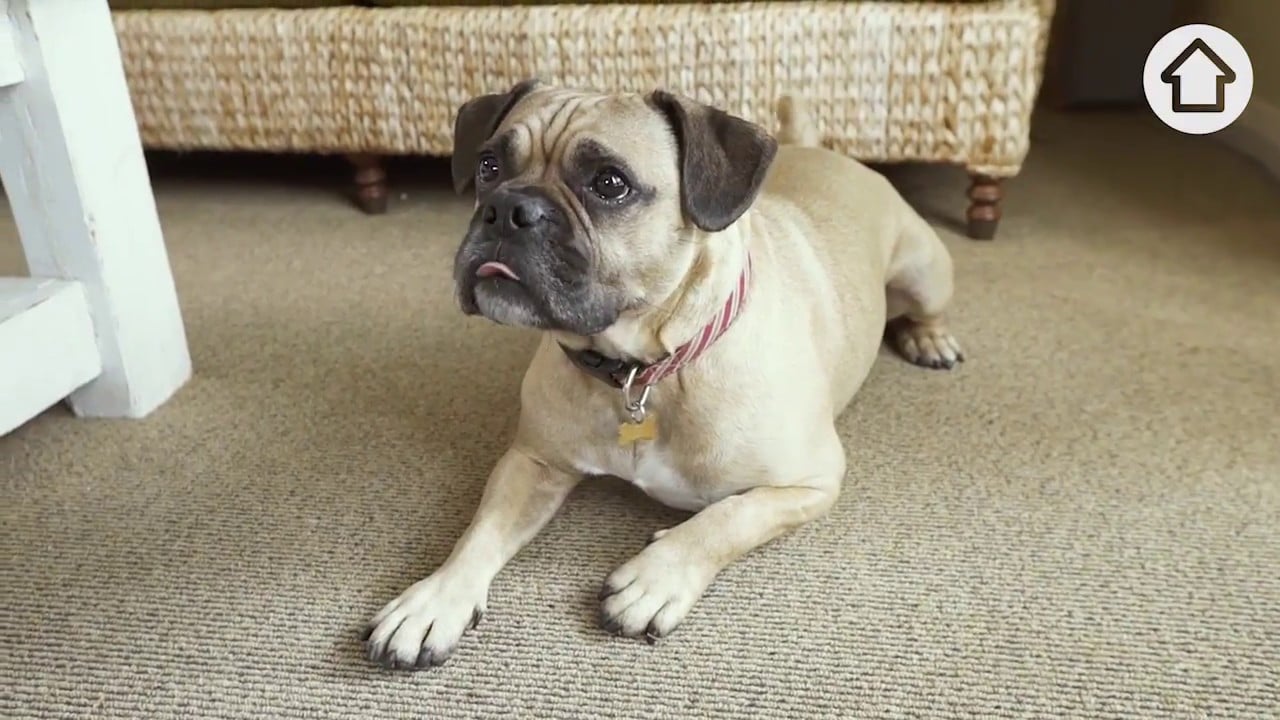
Mushrooms are an ingredient used by trained chefs and home cooks worldwide. Although most of us are only familiar with the varieties of mushrooms we find in our local supermarket, it is estimated that the mushroom population of the world consists of approximately 14,000 different species. This is excellent news for cooks everywhere but terrible news for our curious dogs.
Mostly, the mushrooms found in local supermarkets are relatively harmless to dogs. Although some dogs may experience allergic reactions to them, or they may irritate them mildly, these cases are usually isolated incidences that do not affect the dog population as a whole. The mushrooms that are cause for concern are the wild mushrooms found in the yard.
Why Are Mushrooms Dangerous to Dogs

Wild mushrooms grow everywhere; many varieties are poisonous to everyone if ingested. As humans, we have the mindset not to pick mushrooms from the yard and have a meal. A dog, however, is drawn in by smells, and mushrooms can have a variety of interesting scents sot attract a curious dog. Dogs do not know the difference between safe types and those that may cause harm, so it can be difficult to keep a dog safe when mushrooms bloom.
In addition to blindly eating whatever smells delicious to them, diagnosis of the actual mushroom ingested can be quite tricky. As mushrooms of all varieties can grow practically everywhere, the likelihood that you can distinguish which mushroom your dog ate is very unlikely. Many people pick a random mushroom from the yard to bring to the veterinarian, but the culprit could be an entirely different variety altogether.
Common Dangerous Varieties
Muscarinic
This variety of mushrooms has a classic and beautiful look. They have white stems with bright red flat or rounded tops. Upon ingestion, the dog will begin to salivate and possibly vomit within 5 minutes. The symptoms can take up to 30 minutes to show, including urination and possible diarrhoea. The veterinarian can administer a standard treatment in the form of atropine.
Isoxazole
symptoms of this variety come in the form of mood swings. The dog may seem depressed, followed by intense excitement soon after ingestion. Effects from this variety can last up to 24 hours; though they are poisonous, no treatment is needed. Your veterinarian should be notified, but the effects will pass.
Psilocybin
If your dog ingests this type of mushroom, you will know in a concise period of time. This one causes hallucinations, agitation, fever, and drunkenness. The effects can last up to 3 days, but the main issue is that dogs can injure themselves from erratic behaviour from eating these mushrooms.
Gyromitrin
This variety mimics the common edible type known as Morels. Upon ingestion, the dog needs to be taken to the veterinarian immediately. Signs of ingestion are seizures and vomiting. Liver failure, fever, and kidney failure can occur within 6 hours of ingestion/ THe prognosis is not always good, even when a dog is taken to the veterinarian in time.
Deadly Toxins
Galerina, Lepiota, and Amanita are all deadly forms of mushrooms. They contain one of two toxins, amanitins and palloidins, which can give a pet parent false hope. Upon ingesting mushrooms of these varieties, the dog will experience all diarrhoea, vomiting, dehydration, lethargy, and abdominal pain, but within 12 hours, they will appear to get better. The owner tends to forget about the incident, and then seven days later, the dog can go into liver failure and seizures and bleed internally and from the nose, mouth, and ears. The prognosis is slim when this type of poison is introduced to the dog’s body.
What to Do if your dog eats mushrooms
Mushrooms are everywhere, and you may not be able to stop your dog from exploring and possibly eating some. Should you suspect that your dog has ingested a poisonous mushroom immediately get him to the veterinarian. Bring a sample of the mushrooms found in the yard with you to help the Vet determine treatment.
Prevention is the best way to avoid any ingestion of mushrooms, so check your yard often for any mushrooms and get rid of them immediately. Nit all mushrooms are bad, but determining which can be potentially harmful is not as important as completely removing the temptation for your dog to get a snack from the earth.
We cannot ever prevent our dogs from being in any kind of danger, but for the pet parent that truly cares for their dog; they will do everything in their power to keep their precious angel from discomfort and possible death. Monitor your dog while he or she is outside to ensure that no unfortunate mushroom related incidences occur.
How can I prevent dogs eating mushrooms?
If you can prevent your dog from eating mushrooms in the first place.
- Try ad avoid damp wooded areas that are warm and so generally a good place for mushrooms to grow.
- If you are walking in a high-risk area, keep your dog on a ladAvoiding damp, warm wood areas.
- It may be worth investing in a Baskerville muzzle so that your dog cannot scavenge.
- Teaching a firm “leave it” will be your dog’s lifesaver
If you think your dog has consumed mushrooms and cannot get to your Vet immediately, you may wish to try VetFone.
Our article on Autun Dangers is also worth a read.

